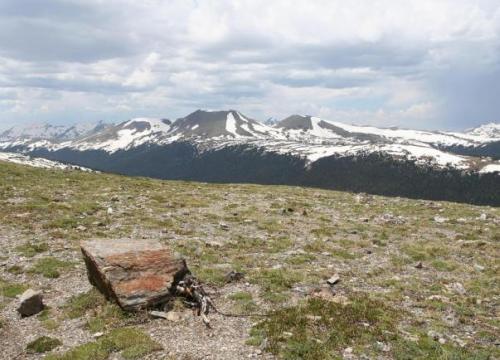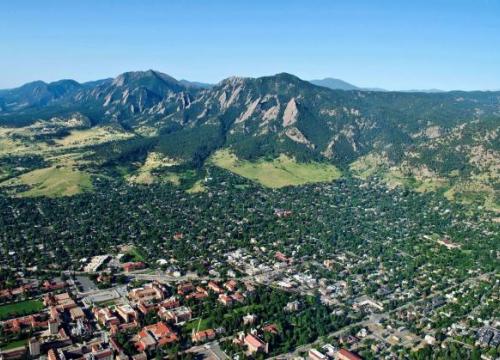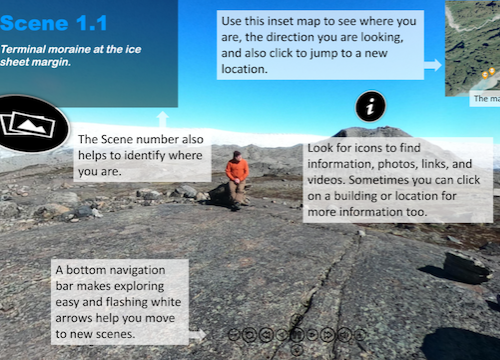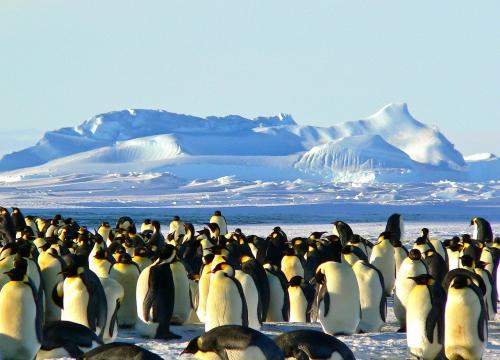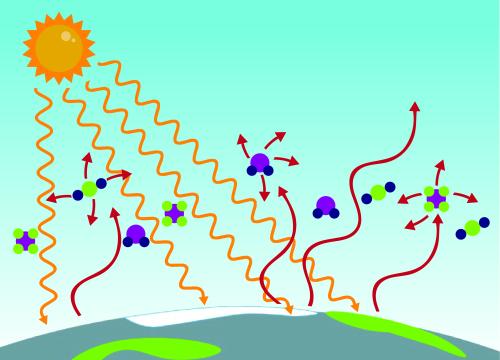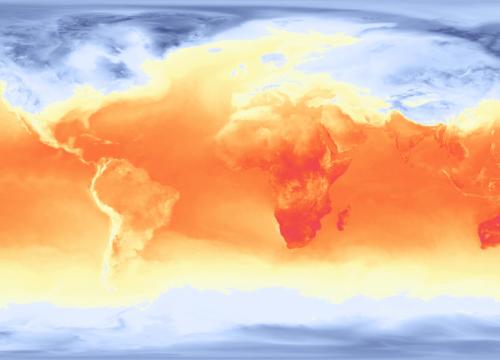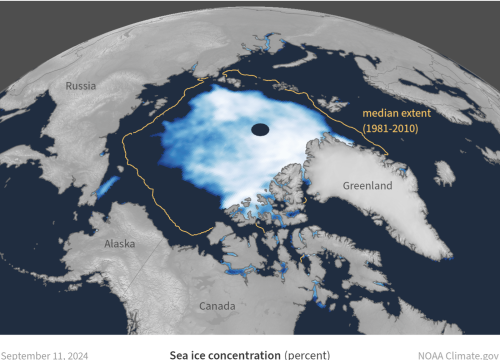Earth at Night - Human Impact
Earth at night is a fascinating way to explore where and why humans live—and why some areas remain dark. In this lesson, students will examine nighttime images of our planet, comparing one image to another taken at a different time. The colorized data highlights where lights have increased or decreased over time, offering clues about human activity, growth, and change.
Context for Use
In this short activity, students will sharpen their critical thinking skills by making careful observations, forming ideas, and backing them up with evidence.
While these maps connect to topics like energy use, human impact, remote sensing, and population density, the real goal is to help students slow down, look closely, ask thoughtful questions, and support their ideas with strong evidence. However, if you’re covering these topics in your lessons, this activity could be a great addition!
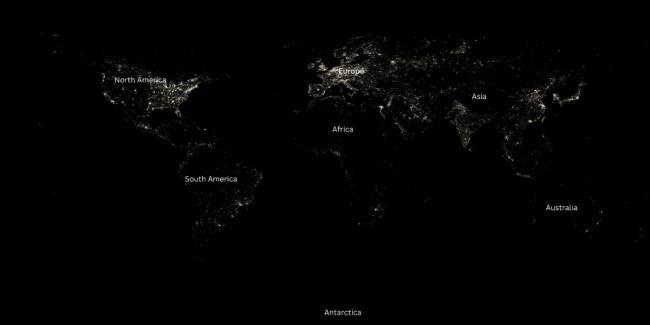
Satellite shot of the Earth from space at night with light pollution.
Goals Header
What Students Will Do
- Students will strengthen their critical thinking skills by carefully observing the data, forming ideas, and backing them up with evidence.
Teaching Materials
Description
Time required: 10-20 minutes




